Adobe’s eXtensible Metadata Platform (XMP) is a labeling technology that allows you to embed data about a file, known as metadata, into the file itself.
Blog
The latest from the Trek View team.
Guides | Updates | Treks | Developers | ExPODition
-
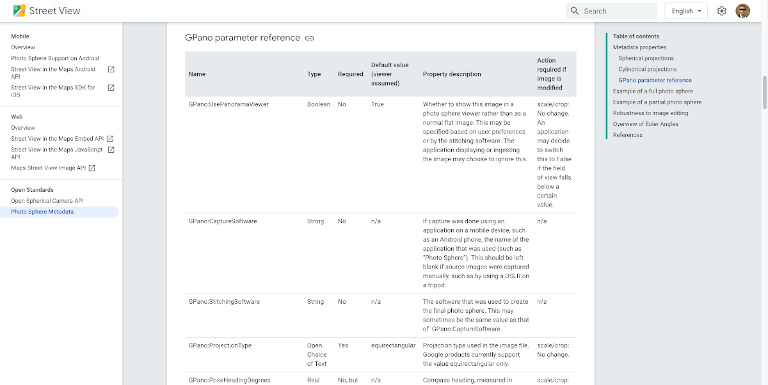
What are XMP Namespaces?
Developers August 06, 2021
-
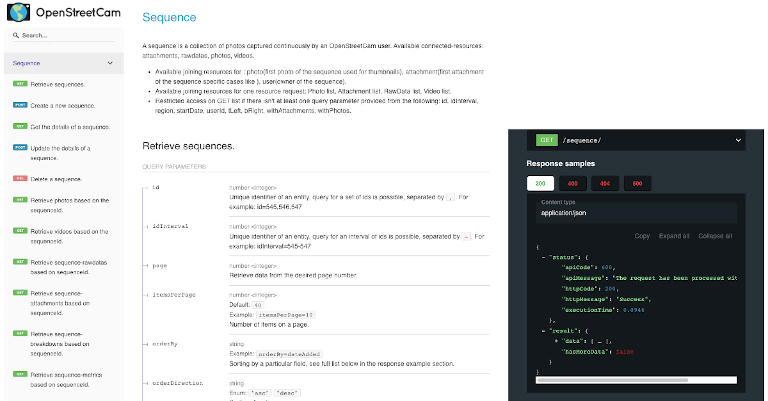
A Quick Start Guide to the KartaView API
Developers July 30, 2021
Here are my notes about the KartaView API from my research planning an integration.
-
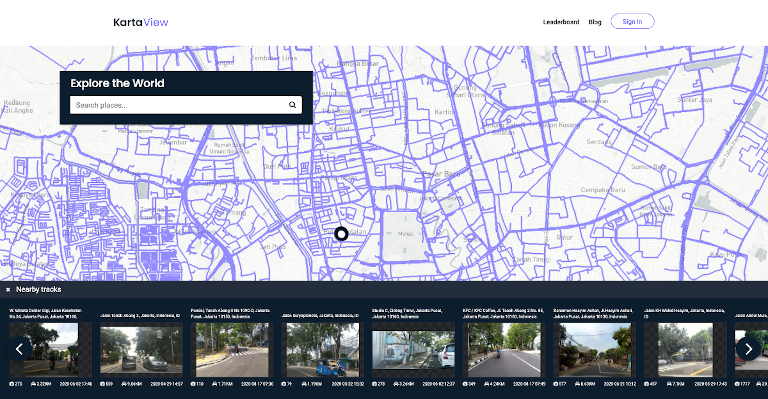
An Introduction to KartaView
Guides July 23, 2021
Formerly named OpenStreetView and then OpenStreetCam, KartaView is a completely open-source street-level image platform.
-
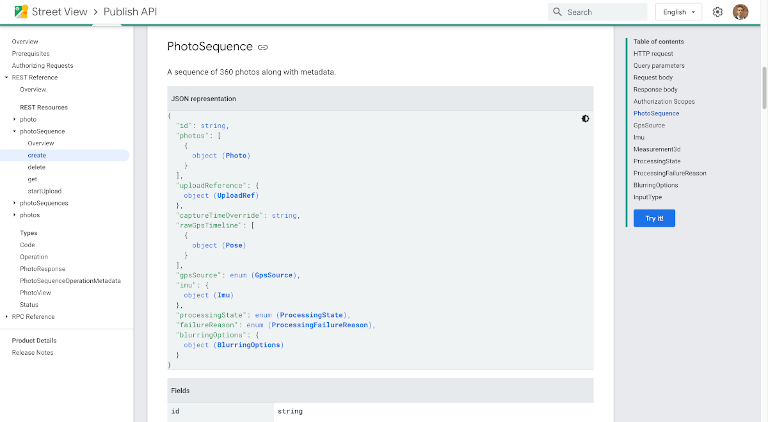
Upload a Video to the Street View Publish API
Developers July 09, 2021
All third-party Street View tools are built around the Google Street View Publish API. Here’s a closer look at how it works for uploading long sequences.
-
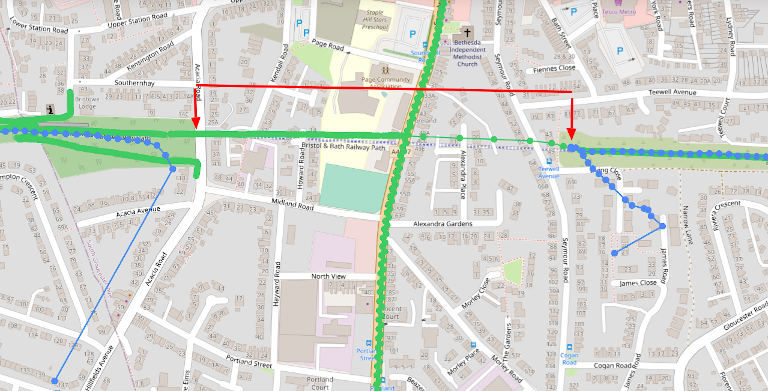
Solutions for tracking your position when underground or under-canopy
Guides June 18, 2021
How to keep track of your position when your line-of-sight to the sky is impeded.
-
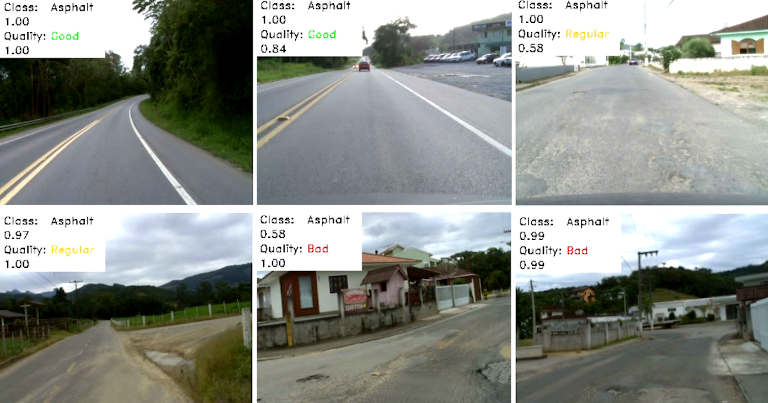
Trek View Trail Quality Index: An Alternative Method Using Computer Vision
Guides May 21, 2021
Using the imagery captured by the Data Bike to measure cycle path surface quality.
-
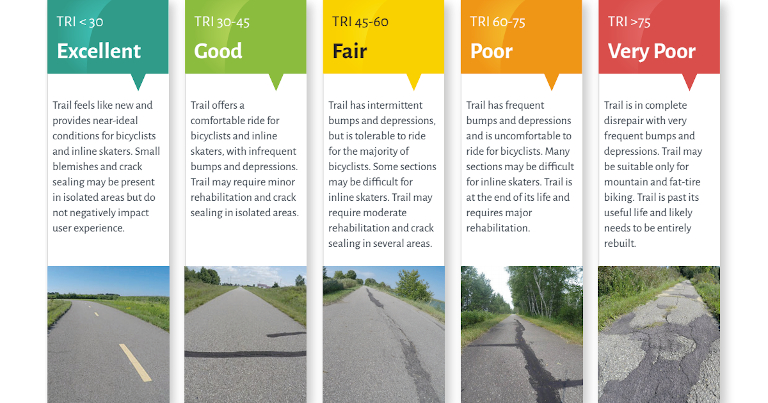
Trek View Trail Quality Index
Guides April 23, 2021
We continue to build out our Data Bike and are now trying to establish a global standard to measure cycle trail quality.
-
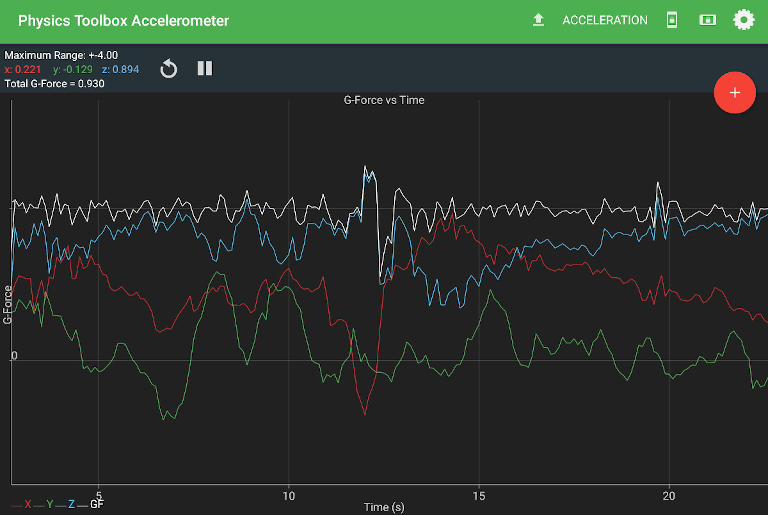
Measuring the Condition of Cycle Paths With Only Your Phone (an update)
Guides April 16, 2021
Two consumer apps that can measure sensor data on your phone to record ride quality.
-
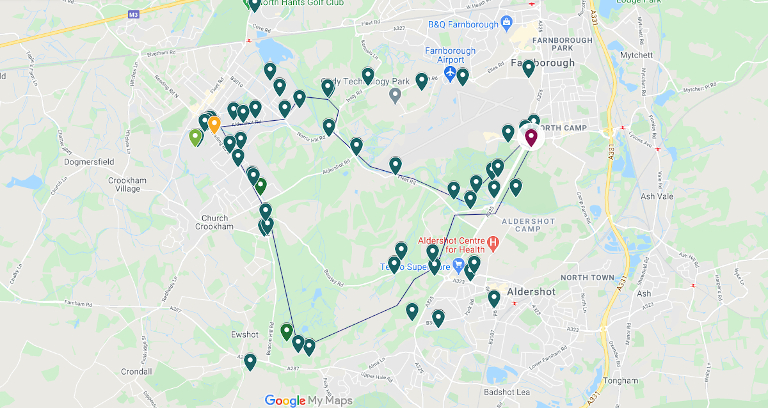
Measuring the Air Quality of Your Trek (Part 2)
Guides April 09, 2021
Our initial thoughts after testing the AtmoTube Pro.
-
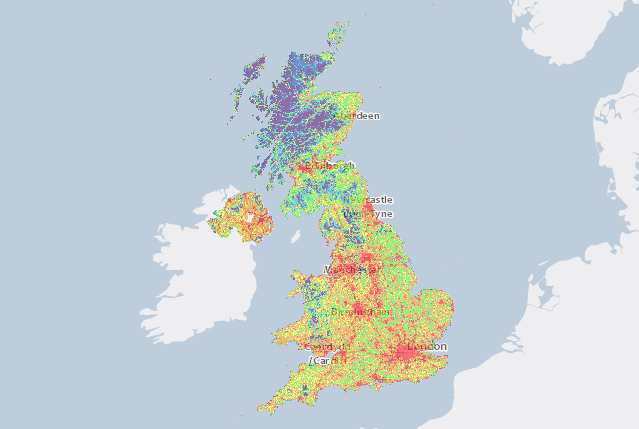
Measuring the Air Quality of Your Trek (Part 1)
Guides April 02, 2021
Our hunt for a device that could measure air quality during adventures.
